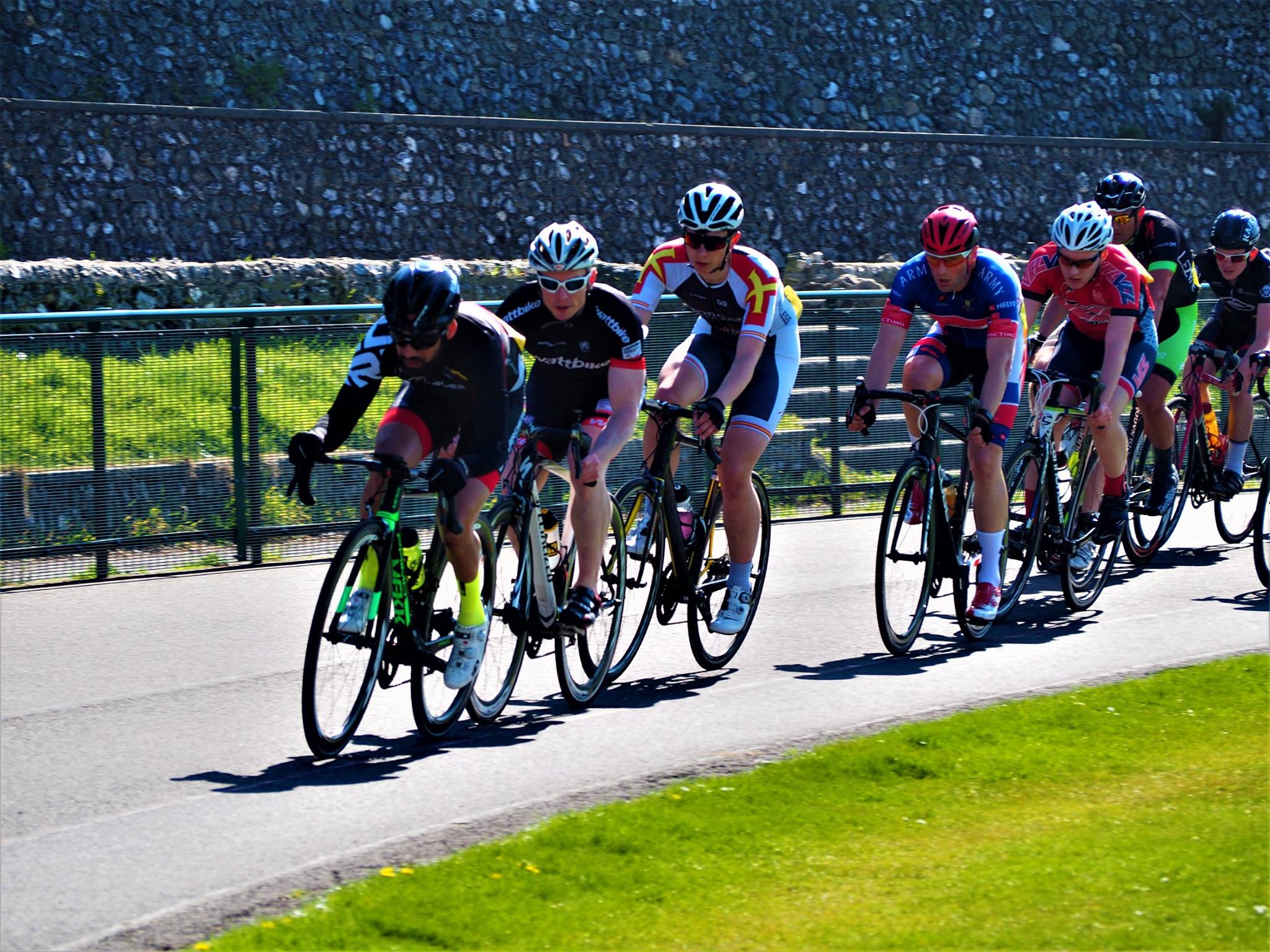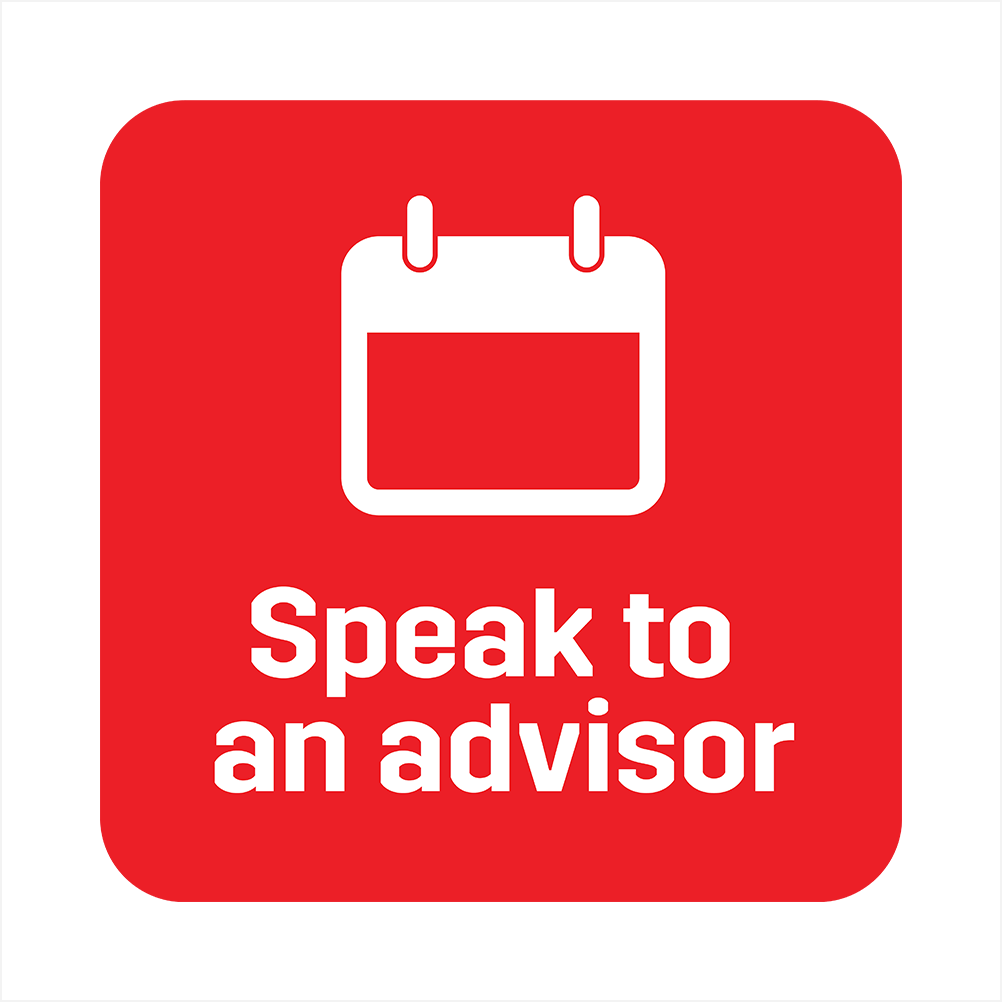Your Cart is Empty
shop
training & apps
support & services
news & information
How to build a body for cycling
March 05, 2019 4 min read

Our Lead Master Trainer Adam Daniel has been involved in the health and fitness industry for almost 25 years, and has been a Wattbike Master Trainer for six. We asked him to share his knowledge on a topic of choice, and Adam decided to grab the bull by the horns and tackle a slightly controversial topic: can cycling be bad for you?
Whilst enjoying a post-ride coffee with my teammates a few months back, we got talking about training for cycling and the best exercises in the gym for improving cycling performance. This started a great debate amongst everyone, as some argued that front squats were the best, others suggested that unilateral exercises like lunges would be preferred, and someone stated that pistol squats were the go-to exercise for improving cycling power and strength. The debate went on for some time, until I eventually got called on as an “expert witness”. The group wanted to know what I thought was the best gym exercise for cycling, to which i responded: “any exercise that does the opposite of what you just said. Because cycling is bad for you!”.
I obviously made this statement to provoke a response, and what I wanted to do was to get my teammates thinking about what they did in the gym. Cycling has a plethora of health benefits, both physical and psychological, that have been documented in multiple research papers. These include improved cardiovascular and musculoskeletal strength, as well as improved mental health. However, at the end of the day you are sitting down when cycling, and as you may know, most of us spend too much time in a seated position on a daily basis.
SITTING SOCIETY
If you spend multiple hours on your bike orexercise bike,it will most likely have a negative impact on your posture, and quite possibly your health. Prolonged periods of sitting can lead to lower blood volume, circulatory problems, and stiffness. The other thing to keep in mind is that cycling requires your legs to move in a repetitive motion, moving up and down, which can cause overuse injuries, as well as a lack of mobility through the joints (ankle, hip, and thoracic spine), leading to poor joint health and movement.
Additionally, because cycling removes the aspect of loading the body, this decreases osteoblastic activity, which is necessary to produce new and strong bone. If we do not load our bodies on a regular basis with multi directional movement , and are constantly in a sitting position, bone starts to break down and decalcify, which can eventually lead to osteoporosis.
So, it’s not sitting that is the problem, it’s the lack of variable movement of any kind that is the enemy.
BUILDING YOUR BODY
To combat a sedentary lifestyle, and prolonged bouts of sitting in the saddle, it’s important to base your training on varying transitions and patterns in movement as often as possible. Both when you are off the bike, as well as before and after a cycling session.
Here are some of my top tips for building a bulletproof body for cycling:
1.Before any bike session, go through a 5-10 minute movement preparation routine. This should include foam rolling over any areas that feel a bit sticky, followed by slow paced movements that encourage increased range of motion through the ankle, hips, and thoracic spine, whilst also increasing heart rate. Not only will this prevent any injuries and help you move better, but it will also improve your performance on the bike. Here are some examples of great movement preparation:
'The Greatest Stretch in the World'

'Downward dog to Cobra'

'Lateral hip hinge'

2.After your cycling session, go through a 5-10 minute mobility and flexibility routine. This time, focus on any areas that feel particularly tight, such as the hips. Most people will focus on the bike session and skip either the pre-session mobility or the post-session mobility because they are short on time. I coach all of my athletes to cut the time on the bike down if they are short on time and focus on the mobility. Here are some examples of great post-session mobility.
'90/90 stretch"

'Kneeling external rotator'

3.Assuming you get into the gym maybe twice a week to lift some weights, I would suggest focusing on the whole body integrated movements that challenge all three planes of motion. Train movements, not muscles!
4.Weave motion into your day. If you cycle and have a desk based job, then go for a walk at lunch, have walking meetings, move as much as you can and when you can. Your body will thank you for it.
5.Take a regular yoga class.
To sum it up, the reality is that cycling is not bad for you, as long as you supplement your training rides with regular loaded and multi directional movement to build a strong and resilient body. Before jumping on your bike next time, give some of these exercises a go!
To find out more about our LeadMaster Trainer Adam Daniel.
Also in Workouts

Personalised Cycling Workouts: How to Create Your Own
January 10, 2024 3 min read
Customise your own workout & stay on top of your training with the help of Wattbike Hub+. Try Wattbike to personalise indoor workouts now.
Read More
Best Core Exercises for Cyclists
October 18, 2021 4 min read
As a cyclist, you know how important it is to have a strong aerobic base and powerful legs. You spend hours sweating it out in the saddle and sculpting quads and calves that a Greek god would envy. But do you find that after a while your lower back starts to ache, your shoulders become tense, and your position starts to suffer? That’s where a strong core comes into play. We delve into why a strong core helps with cycling and give you the best core exercises for cyclists.
Read More
Chloé Dygert reveals her new workout in the Wattbike Hub
January 14, 2021 3 min read
This week we caught up with World Champion and Wattbike ambassador Chloé Dygert who tells us how her rehabilitation journey is going and she also reveals her new workout in the Wattbike Hub.
Read MoreGet the latest!
News, training tips, offers and more, straight to your inbox.








